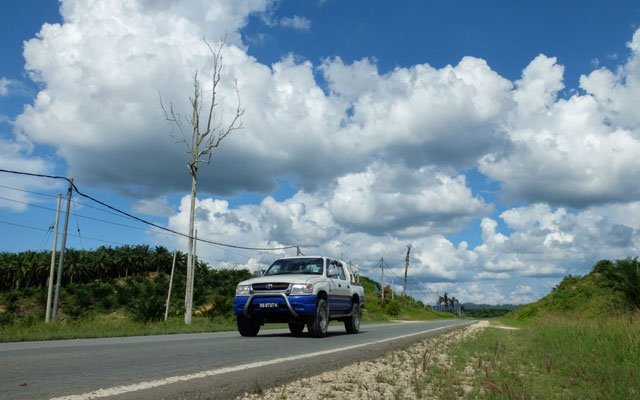A growing interest in immersive travel experiences has strengthened demand for eco and cultural activities in Malaysia’s rural and countryside areas, opening up opportunities for inbound sellers to pursue a greater diversity of tours and activities in the country while spreading tourist visitor footfalls to secondary and tertiary destinations.
Manfred Kurz, managing director of Diethelm Travel Malaysia, noted: “For the European market, we see beach stays getting shorter. Travellers want to go out to experience things and interact with the locals.”

Nigel Wong, director, Urban Rhythms Tour Adventures and Travel, made similar observations: “People of all ages, not just millennials, are into experiential tourism. They want to mix with locals and experience a destination, rather than sit in a coach tour.”
Wong added that the eco and cultural attractions segment is still largely an “untapped market”. For tour operators who have made the effort to seek out new activities and experiences to promote, they have been rewarded with “a lot of branding opportunities” for these lesser-known destinations.
In 4Q2018, Urban Rhythms introduced adventure videos featuring actual travellers on its consumer website, Big Blue Holidays. These videos spotlighted off-the-beaten track experiences such as trekking in the Sukau rainforest in Sabah, traversing the face of Mt Kinabalu on Via Ferrata, and going on a food trail in Penang’s George Town.
As a result, these videos have helped contribute to the 15 per cent year-to-date spike in bookings to Sabah and Penang for the company, Wong shared.
Adam Kamal, general manager, Tour East Malaysia reports similar booking patterns. He shared: “We see more Indian tourists asking for soft adventure packages such as birdwatching and trekking. Asians in general are (becoming) more health conscious, and we have received more enquiries about marathon packages, walking tours and whitewater rafting activities.”
This growing trend has prompted Tour East Malaysia’s product team to continually look out for and consider new destinations that lie within a two hours’ drive from major cities as a day trip option.
Meanwhile, Diethelm Travel Malaysia has also developed a series of new products under its Go Local brand, offering travellers the opportunities to watch a mak yong performance (a traditional form of dance-drama from northern Malaysia), see the production of shadow play puppets, or visit homestays to spend a day with the locals and experience their way of life, shared Kurz.
But offering tours and activities in rustic locations are not without their own set of challenges.
For instance, Kamal revealed that when developing eco tours, they had to deal with basic infrastructure such as public toilets that may not be up to international standards.
“(That is why) we work with local communities and improve conditions if need be. In smaller towns, it is also difficult to obtain gluten free or Indian food, so we pack the food and bring it along.”
Kurz added: “One of our challenges in promoting ecotourism and countryside tours is we have to ensure the safety standards are up to par. We work with local operators in the villages by informing them of our requirements and they are very cooperative.
“Sometimes we need to touch up on the accommodation to ensure guests are comfortable.”




















